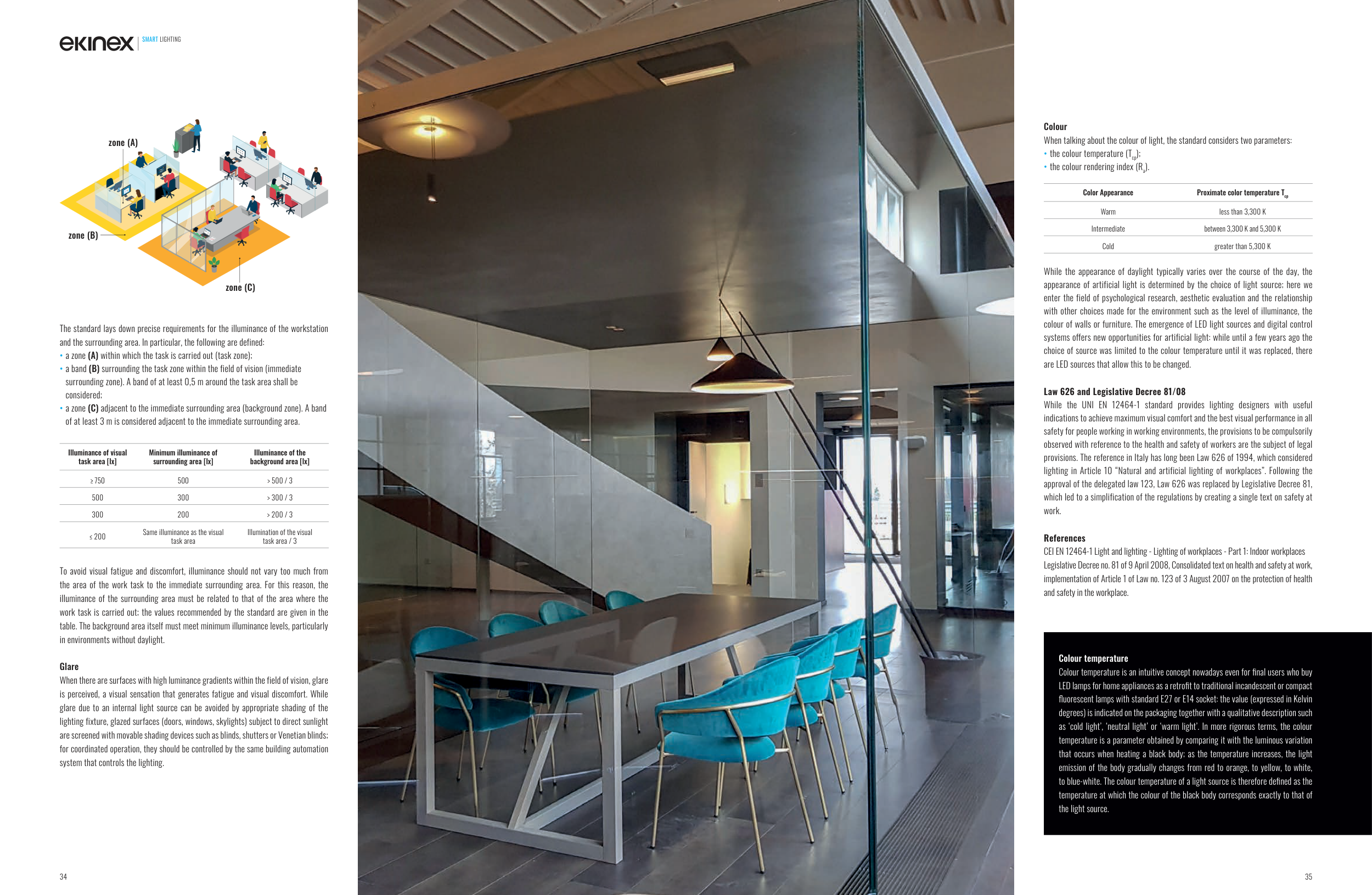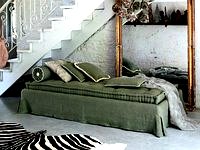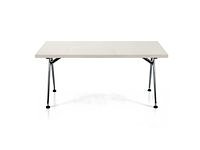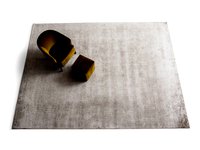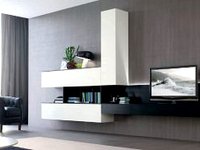The standard lays down precise requirements for the illuminance of the workstation
and the surrounding area. In particular, the following are defined:
• a zone (A) within which the task is carried out (task zone);
• a band (B) surrounding the task zone within the field of vision (immediate
surrounding zone). A band of at least 0,5 m around the task area shall be
considered;
• a zone (C) adjacent to the immediate surrounding area (background zone). A band
of at least 3 m is considered adjacent to the immediate surrounding area.
To avoid visual fatigue and discomfort, illuminance should not vary too much from
the area of the work task to the immediate surrounding area. For this reason, the
illuminance of the surrounding area must be related to that of the area where the
work task is carried out; the values recommended by the standard are given in the
table. The background area itself must meet minimum illuminance levels, particularly
in environments without daylight.
Glare
When there are surfaces with high luminance gradients within the field of vision, glare
is perceived, a visual sensation that generates fatigue and visual discomfort. While
glare due to an internal light source can be avoided by appropriate shading of the
lighting fixture, glazed surfaces (doors, windows, skylights) subject to direct sunlight
are screened with movable shading devices such as blinds, shutters or Venetian blinds;
for coordinated operation, they should be controlled by the same building automation
system that controls the lighting.
Colour
When talking about the colour of light, the standard considers two parameters:
• the colour temperature (Tcp);
• the colour rendering index (Ra).
While the appearance of daylight typically varies over the course of the day, the
appearance of artificial light is determined by the choice of light source; here we
enter the field of psychological research, aesthetic evaluation and the relationship
with other choices made for the environment such as the level of illuminance, the
colour of walls or furniture. The emergence of LED light sources and digital control
systems offers new opportunities for artificial light: while until a few years ago the
choice of source was limited to the colour temperature until it was replaced, there
are LED sources that allow this to be changed.
Law 626 and Legislative Decree 81/08
While the UNI EN 12464-1 standard provides lighting designers with useful
indications to achieve maximum visual comfort and the best visual performance in all
safety for people working in working environments, the provisions to be compulsorily
observed with reference to the health and safety of workers are the subject of legal
provisions. The reference in Italy has long been Law 626 of 1994, which considered
lighting in Article 10 “Natural and artificial lighting of workplaces”. Following the
approval of the delegated law 123, Law 626 was replaced by Legislative Decree 81,
which led to a simplification of the regulations by creating a single text on safety at
work.
References
CEI EN 12464-1 Light and lighting - Lighting of workplaces - Part 1: Indoor workplaces
Legislative Decree no. 81 of 9 April 2008, Consolidated text on health and safety at work,
implementation of Article 1 of Law no. 123 of 3 August 2007 on the protection of health
and safety in the workplace.
Colour temperature
Colour temperature is an intuitive concept nowadays even for final users who buy
LED lamps for home appliances as a retrofit to traditional incandescent or compact
fluorescent lamps with standard E27 or E14 socket: the value (expressed in Kelvin
degrees) is indicated on the packaging together with a qualitative description such
as ‘cold light’, ‘neutral light’ or ‘warm light’. In more rigorous terms, the colour
temperature is a parameter obtained by comparing it with the luminous variation
that occurs when heating a black body; as the temperature increases, the light
emission of the body gradually changes from red to orange, to yellow, to white,
to blue-white. The colour temperature of a light source is therefore defi ned as the
temperature at which the colour of the black body corresponds exactly to that of
the light source.
Illuminance of visual
task area [lx]
Minimum illuminance of
surrounding area [lx]
Illuminance of the
background area [lx]
≥ 750
500
> 500 / 3
500
300
> 300 / 3
300
200
> 200 / 3
≤ 200
Same illuminance as the visual
task area
Illumination of the visual
task area / 3
zone (A)
zone (B)
zone (C)
Color Appearance
Proximate color temperature Tcp
Warm
less than 3,300 K
Intermediate
between 3,300 K and 5,300 K
Cold
greater than 5,300 K
35
SMART LIGHTING
34


